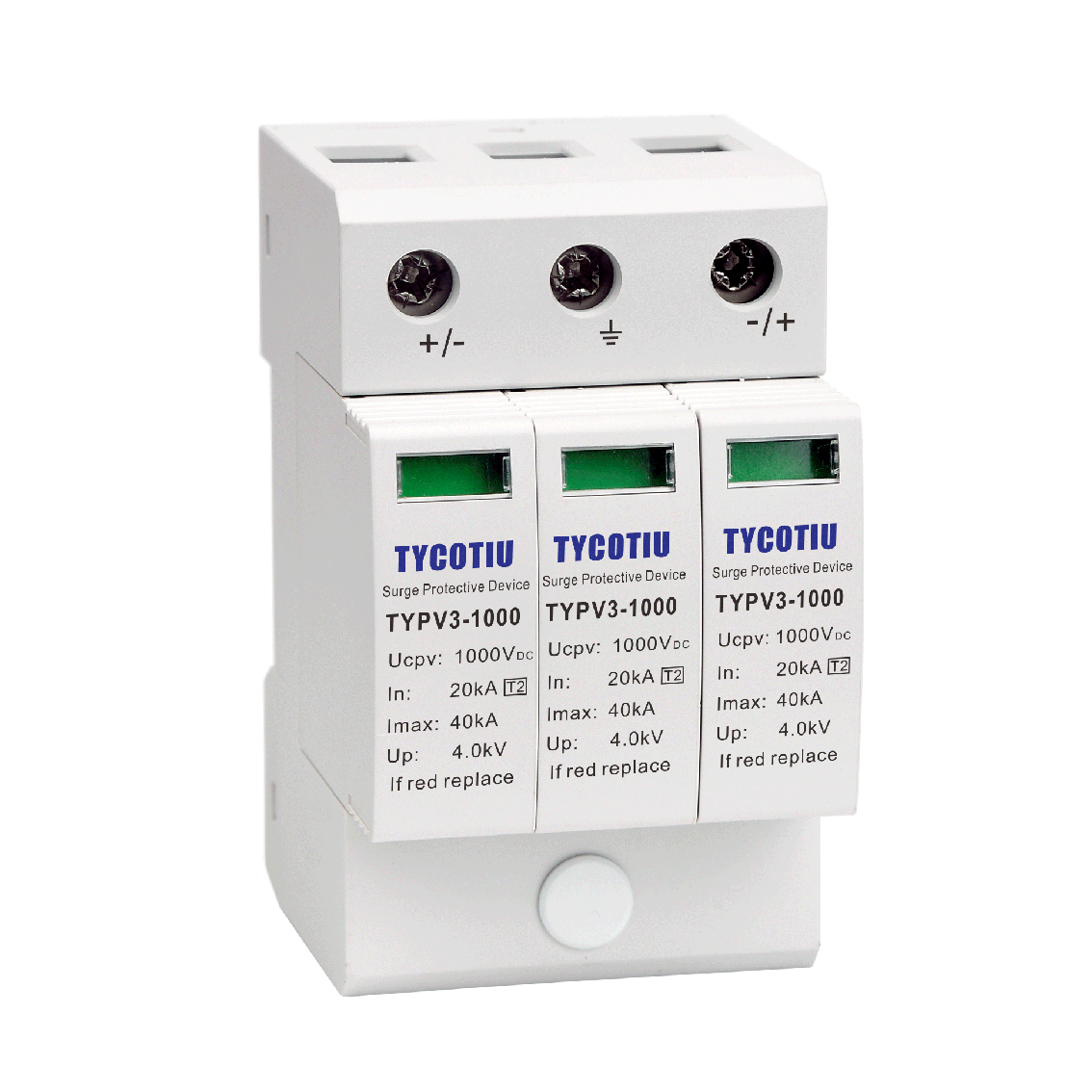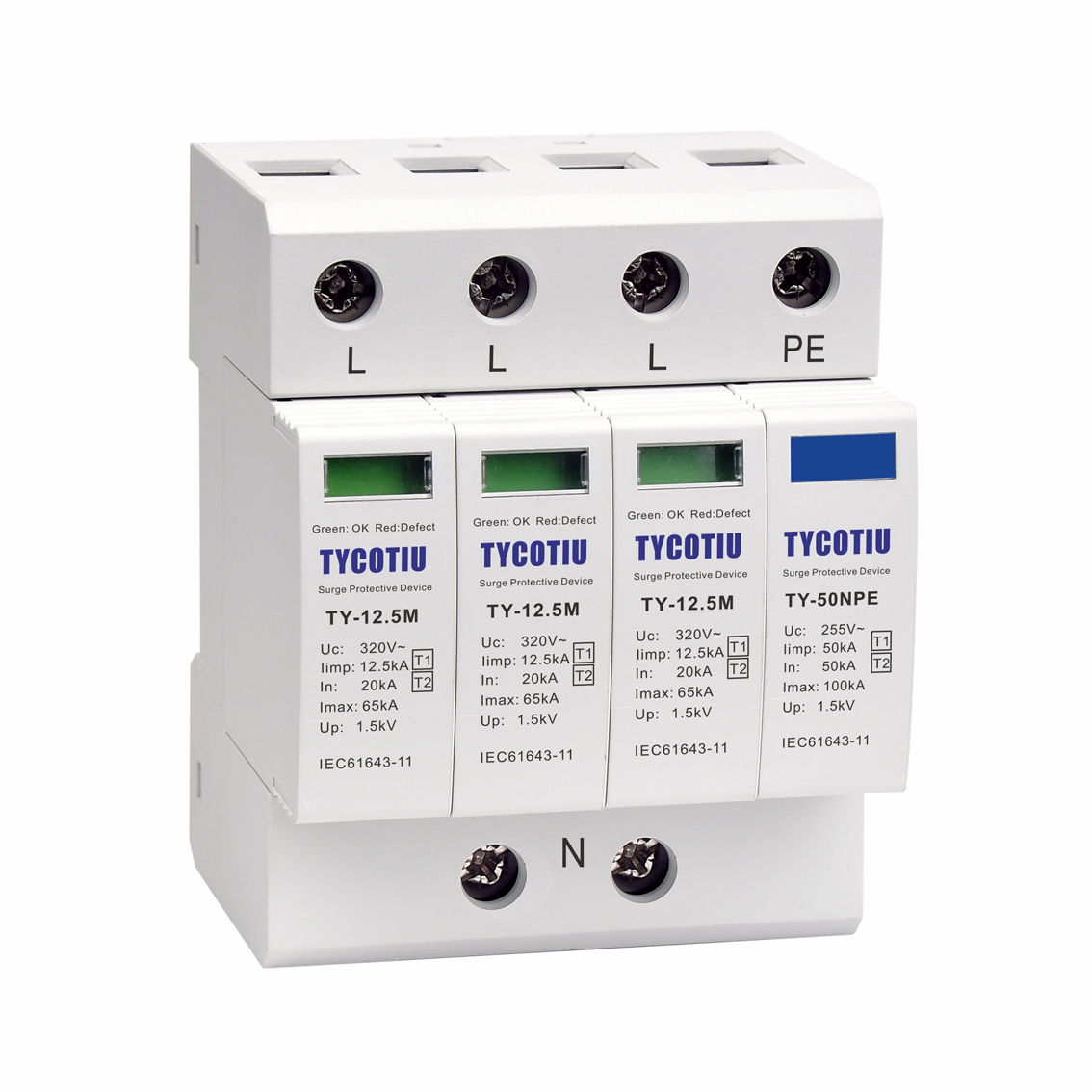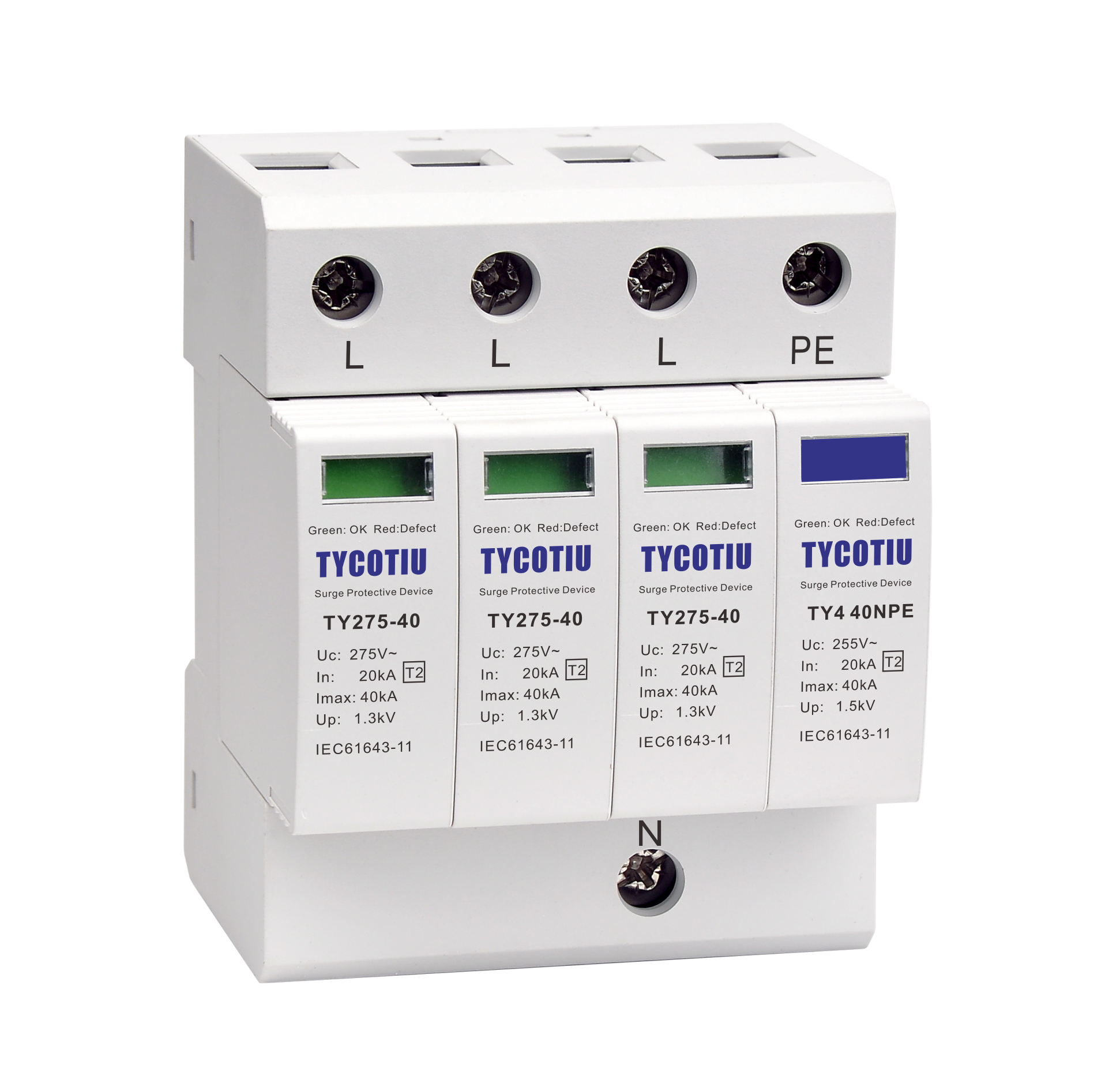Get Grounded
Grounding is the most fundamental technique for protection against lightning damage. You can’t stop a lightning surge, but you can give it a direct path to ground that bypasses your valuable equipment, and safely discharges the surge into the earth.
Lightning arrestors and surge protectors are designed to protect electronic equipment by absorbing electrical surges. However, these devices are not a substitute for good grounding. They function only in conjunction with effective grounding. The grounding system is an important part of your wiring infrastructure.
Step one in grounding is to construct a discharge path to ground by bonding (interconnecting) all the metal structural components and electrical enclosures, such as PV module frames, mounting racks, and wind generator towers.
Ground Rods
The weakest aspect of many installations is the connection to the earth itself. After all, you can’t just bolt a wire to the planet! Instead, you must bury or hammer a rod of conductive, noncorrosive metal (generally copper) into the ground, and make sure most of its surface area contacts conductive (that means moist) soil. This way, when static electricity or a surge comes down the line, the electrons can drain into the ground with minimal resistance.
Lightning Arrestors
Lightning (surge) arrestors are designed to absorb voltage spikes caused by electrical storms (or out-of-spec utility power), and effectively allow the surge to bypass power wiring and your equipment. Surge protectors should be installed at both ends of any long wire run that is connected to any part of your system, including AC lines from an inverter. Arrestors are made for various voltages for both AC and DC.
TYCOTIU surge arrestors are high quality products for lightning-prone sites and larger installations. These durable units offer robust protection and compatibility with a wide variety of system voltages.
Lightning Rods
“Lightning rods” are static discharge devices that are placed above buildings and solar-electric arrays, and connected to ground.
Lightning rods are typically only used at sites that experience extreme electrical storms.





